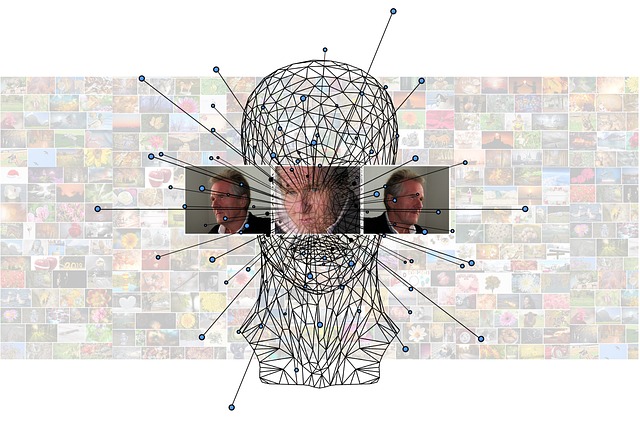The Impact of Human Factors on Algorithm Performance: An In-Depth Analysis
In the rapidly evolving world of technology, algorithms play an integral role in shaping our digital experiences. Whether it’s recommendation systems, search engines, or automated decision-making tools, algorithms underpin much of the functionality we rely on daily. However, the analysis of human factors reveals that these algorithms don’t operate in isolation—they are deeply influenced by the behaviors, biases, and interactions of the people who design, deploy, and use them.
Understanding the Human Element in Algorithms
When we think about algorithms, we often imagine lines of code, computations, and objective data processing. But beneath this technical façade lies a foundation built by human minds, each bringing their own perspectives, values, and unconscious biases. This human involvement shapes both the design of algorithms and their outcomes.
For instance, consider the training data that feeds machine learning models. These datasets are curated and labeled by humans, and any inherent bias—such as demographic imbalance or subjective labeling decisions—can significantly impact algorithmic performance and fairness.
The Role of Cognitive Biases and Decision-Making
Cognitive biases don’t just affect end-users; they also influence algorithm developers in subtle ways. Designers might prioritize certain metrics over others or unknowingly embed their assumptions about target audiences into the system. Recognizing these biases is crucial because overlooked biases can lead to algorithmic decisions that perpetuate stereotypes or exclude minority groups.
Moreover, human decision-making processes during iterative algorithm development—choices about feature selection, model parameters, or evaluation criteria—are inherently subjective. This subjectivity underscores the importance of transparent methodologies and diverse development teams to mitigate the risks introduced by singular viewpoints.
User Interaction and Feedback Loops
Algorithms are often designed to adapt based on user interactions, creating a dynamic feedback loop. The analysis of human factors extends to how real users engage with algorithmic outputs—influencing recommendations, search results, or content curation. These interactions can reinforce existing preferences, sometimes leading to echo chambers or filter bubbles.
Understanding the psychology behind user behavior—such as curiosity, trust in technology, or susceptibility to persuasive design—helps developers anticipate potential pitfalls and craft algorithms that serve broader, more inclusive objectives.
Ethical Implications and Accountability
At the core of analyzing human factors in algorithms lies a call for ethical responsibility. As algorithms increasingly impact critical areas like healthcare, finance, and justice, ensuring fairness and transparency becomes paramount.
This means establishing accountability frameworks where both human creators and algorithmic systems are evaluated for unintended consequences. Engaging multidisciplinary teams, including ethicists, sociologists, and domain experts, can enrich the analysis of human factors and foster safer, more equitable algorithmic solutions.
Final Thoughts
The intersection of human factors and algorithm performance opens a complex, nuanced domain that challenges the often purely technical mindset surrounding algorithms. By embracing this holistic perspective, stakeholders in the Algoritmus space can design smarter, more adaptive, and ethically sound systems that truly resonate with the diverse tapestry of human experience.




